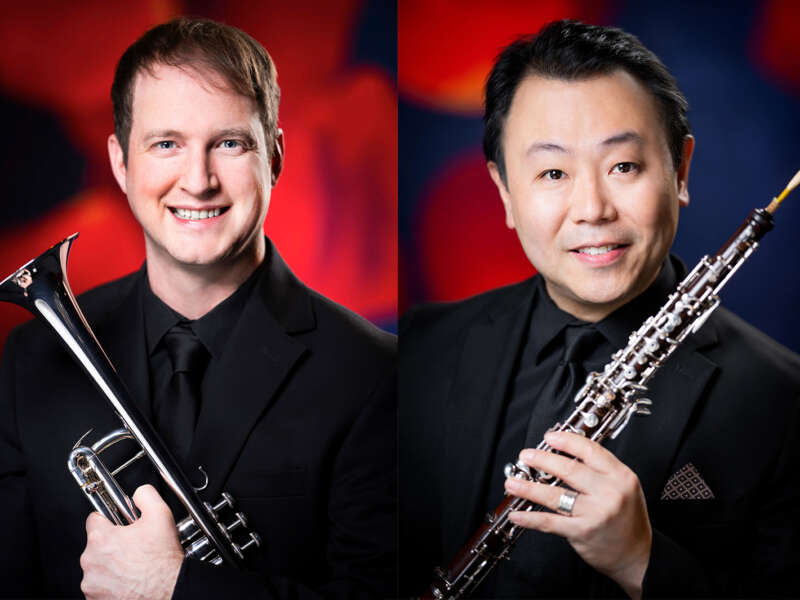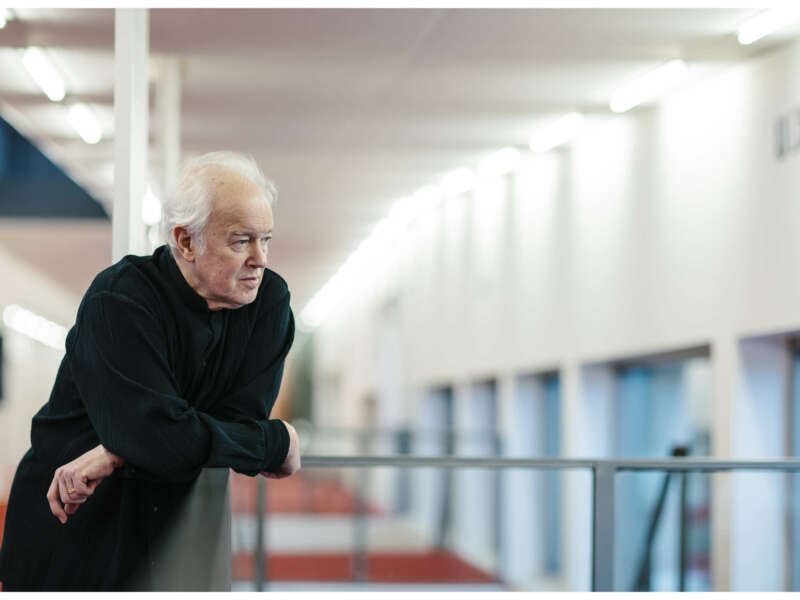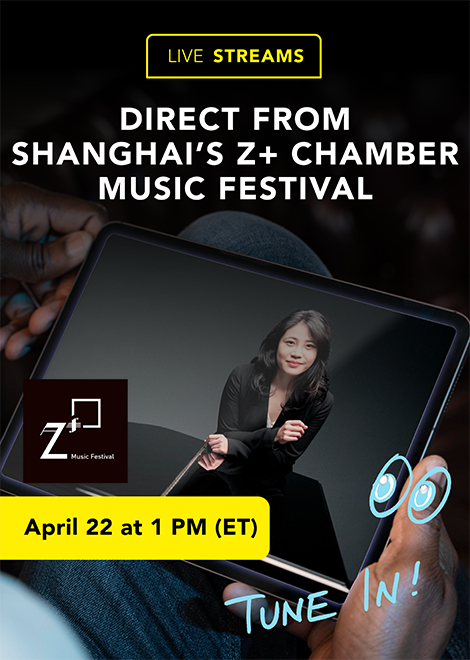Composer Sally Beamish's World Premiere of "Distans"
Written during the COVID-19 pandemic, the Double Concerto was premiered by violinist Janine Jansen, clarinetist Martin Fröst, conductor Johannes Gustavsson, and the Swedish Radio Symphony Orchestra on May 21, 2021
Sally Beamish recently talked with The Violin Channel about her new work.
"My first idea was to draw on the folk music of three countries: Sweden (Martin Fröst), The Netherlands (Janine Jansen), and Scotland (my adopted homeland for thirty years)," Sally told The Violin Channel. "I had heard Martin playing folk music, plus his album 'Roots,' which explores many different genres of music.
"When I first knew I'd be writing this concerto, I wrote a short duo for violin and clarinet in preparation. This duo is one in a series of six chamber works which reflect my mixed emotions on returning to my homeland (England) in 2018. It forms the basis for the second movement of the concerto.
"By the time I started working on the concerto, I was in lockdown, and unable to visit my family in Scotland nor in Sweden. Two of my children live in Sweden, and I have a grandchild there too. The concerto became an expression of longing. I learnt Swedish, so as to feel more connected, and gave the work its Swedish title: 'Distans.'
"Both Janine and Martin have a powerful stage presence, and the idea of dance and drama is an important element, as well as the contrasts and similarities between the two solo instruments.
"The first movement uses the idea of Scandinavian wooden horns (lurs) which carry across great distances and also of 'kulning,' the high-pitched song used by women to call the cows from the pastures. Also the Swedish nyckelharpa — a keyed fiddle with many sympathetic strings, which was fun to recreate with the symphonic string section picking up the solo violin's notes.
"The second movement develops the short duo, which explores sounds from Scotland such as bagpipe drones, and fiddle ornamentation. The last movement is inspired by renaissance Dutch recorder music and a medieval song. The work ends as it began, with antiphonal brass, and the soloists' voices calling to each other across a distanced landscape.
"I first heard Janine Jansen live in Falun, in Sweden, where she was playing a Mozart concerto, and I also had a piece in the programme. I was captivated by her playing and spoke to her afterwards. A few months later, she emailed me to ask me to write a concerto. I was absolutely delighted, of course. When we met in Amsterdam to discuss this, she suggested a double concerto with clarinettist Martin Fröst, with whom she connects strongly in their work together. The original commissioners were the Concertgebouw, and three other orchestras came on board: The Swedish Radio Symphony, Oslo Philharmonic, and London Symphony Orchestra.
"Imagining the two soloists, and their individual auras and sound was hugely important. I could hear them all the time I was writing and referred to their recordings at intervals. I researched folk music from all three countries, and also the music of man's earliest beginnings — when they used stones, birdbone pipes, cow horns, bells and voices to create sound and expression. This is something that must be common to all cultures. I created a colour palette using all these elements and stored fragments of melody, which I then reinvented in my own way, with my own ornamentation and colours. My husband Peter Thomson is a playwright, and we often talk about dramaturgy in music. His suggestions were very important, drawing me to think about the shifting relationships between the two soloists, and how to pace that correctly and create a strong dramatic trajectory.
"I wanted to use virtuosic techniques in both instruments, and the violin part features passages in harmonics, up-bow staccato, and double-stopping. The clarinet uses circular breathing and dramatic contrasts in dynamics, and both instruments explore their full extended virtuoso range.
"There are chamber passages, duetting between the soloists and orchestral soloists, as well as cadenza-like passages for the solo duo.
"I hope there is a sense of connection in the music, and that the audience experiences a journey. The soloists begin by calling to each other from opposite sides of the stage and then come together, inviting each other to join in dances and songs. I tried to convey a sense of longing, and also of playfulness and joy. In the end, a crossing of boundaries, and a triumph over adversity. The 13th-century Dutch song I use in the last movement (the only melody I directly quote) tells of a princess who journeys on her horse to hear a famous troubadour sing. She has been warned he is dangerous and finds herself in a field full of dead maidens — but she overcomes him and returns home triumphant with his severed head. Rather a grim tale, but it also signifies bravery and optimism in the face of fear."
april 2024
may 2024






























![VC INTERVIEW | Conductor Andras Keller on "The Day of Listening" [WATCH NOW] - image attachment](https://mobile.theviolinchannel.com/wp-content/uploads/2021/11/Andras-Keller-800x600.jpg)

